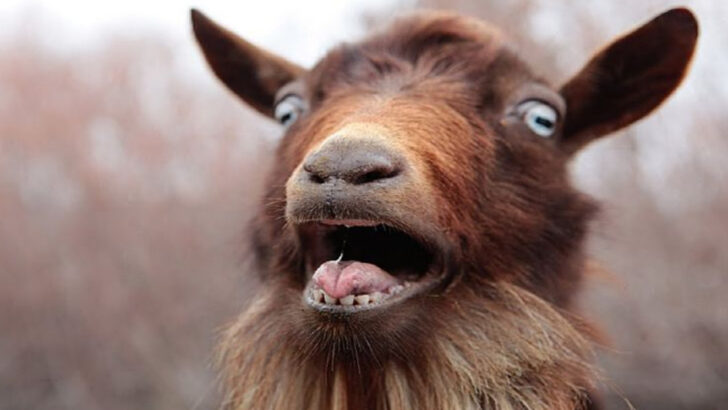Some animals sound like they’re trying out for a comedy show.
We’re talking grunts, howls, cackles, screams—and one bird that literally laughs. Not because they’re being silly (though it sure sounds like it), but because nature gave them some truly oddball soundtracks.
A frog that sounds like a squeaky toy.
A deer that barks.
And a cat-like critter that whistles when annoyed.
Each noise has a purpose, even if it makes us do a double take—or laugh out loud. Whether it’s for love, war, or just plain weirdness, these 14 animals are making some serious noise… and stealing the show while they’re at it.
Turn the volume up. Nature’s getting weird.
Lyrebird
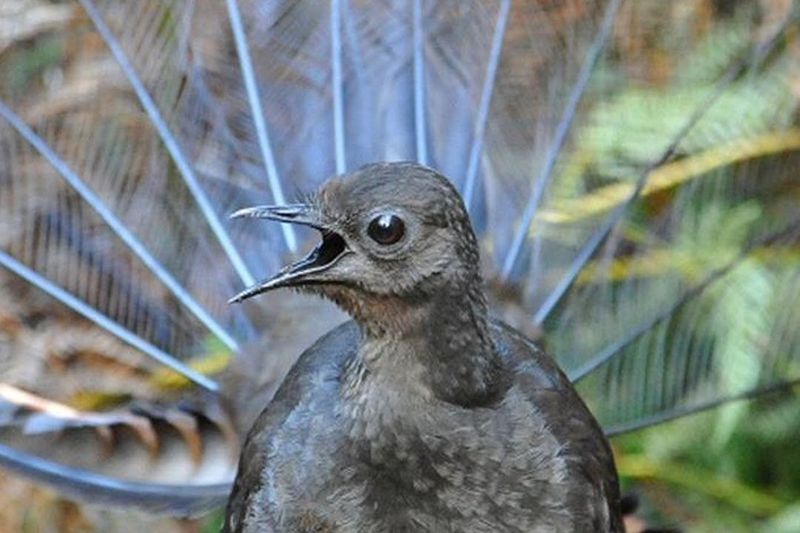
The lyrebird, native to Australia, is known for its incredible ability to mimic almost any sound. From camera clicks to chainsaws, this bird’s repertoire is astonishing. Its talent doesn’t just entertain; it’s a crucial part of its mating display, impressing potential partners with its mimicry skills. Did you know that lyrebirds can mimic over 20 different species of birds? They even incorporate man-made noises into their songs. With their long, elegant tail feathers, lyrebirds put on quite a show, blending the sounds of the forest with the hustle and bustle of human life.
Koala
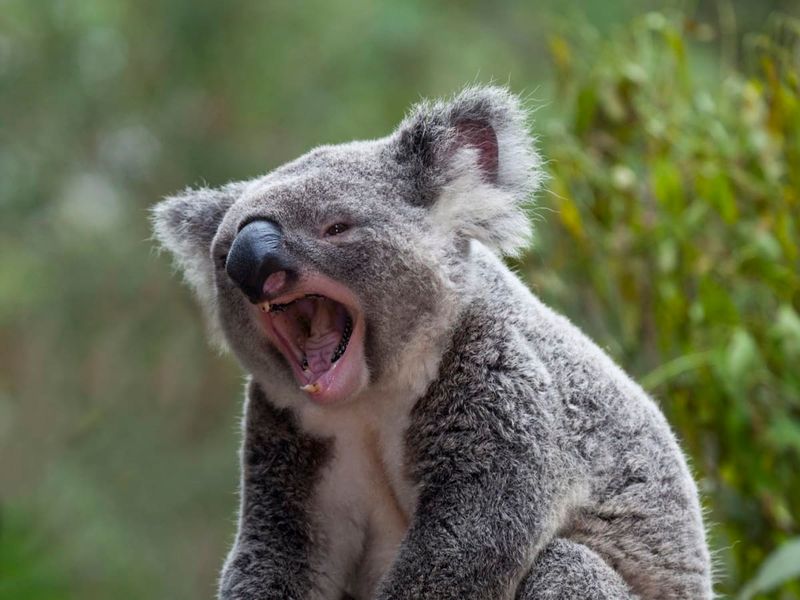
Koalas, though often perceived as quiet and cuddly, have a surprisingly deep and resonant growl. This sound is most commonly heard during mating season, when males use it to establish territory and attract females. It’s a funny contrast to their otherwise sleepy and adorable appearance. The growl can be heard from quite a distance, adding to the mystique of these eucalyptus-loving marsupials. Their vocalizations are a reminder that even the cutest creatures have a fierce side, hidden beneath their fluffy exterior.
Cicada
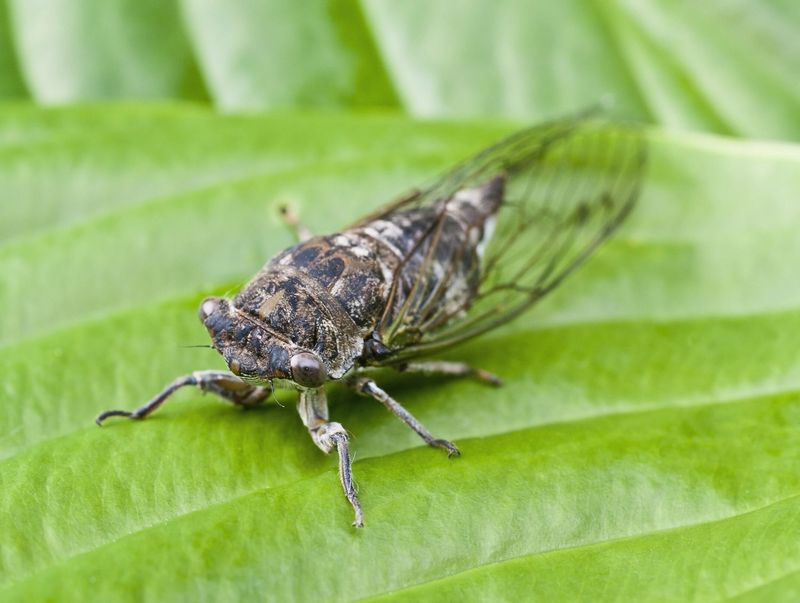
Cicadas are famous for their loud, rhythmic buzzing, which fills the air during summer months. This sound is produced by males as a mating call, using specialized structures called tymbals. The intensity of their buzz can reach up to 120 decibels, making it one of the loudest insect noises. It’s a sound that signifies the height of summer, a natural symphony that can be both soothing and intense. Cicadas emerge in large numbers, creating a collective chorus that resonates throughout forests and gardens.
Howler Monkey
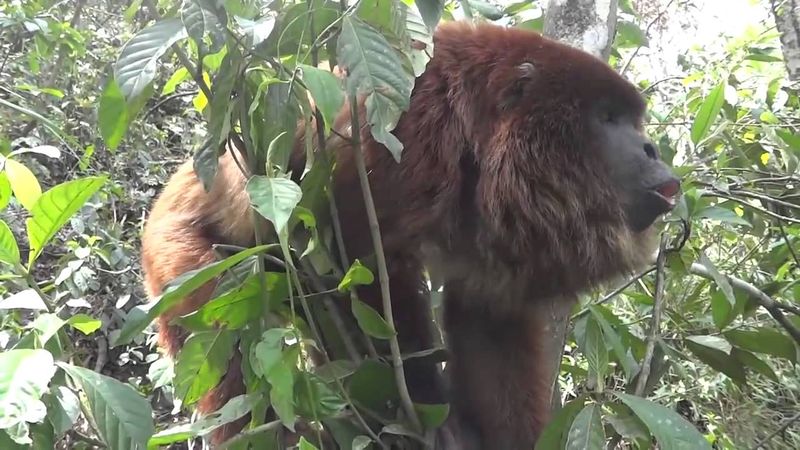
Howler monkeys are renowned for their thunderous roars, which can be heard up to three miles away. These vocalizations serve as a social tool, used to communicate with other members of their troop and ward off rivals. Living in the lush canopies of Central and South American rainforests, howlers rely on these calls to maintain social bonds and establish territory. Their howls are a testament to the power of sound in the animal kingdom, echoing through the dense forest with a primal intensity.
Kea Parrot
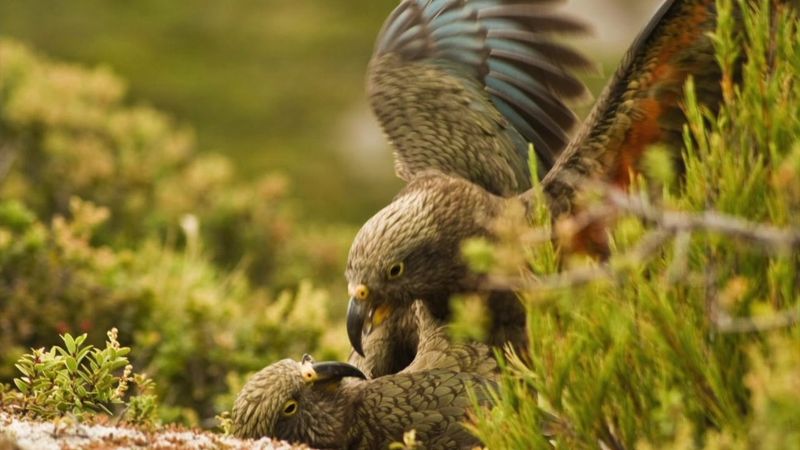
The kea parrot, native to New Zealand, is not only intelligent but also vocalizes with sounds that resemble human laughter. Known for their playful and mischievous nature, keas use these calls to communicate with one another, particularly during social interactions. Their laughter-like calls are often heard during play and can be quite contagious, adding to their charm. These birds are a reminder of the joy and spontaneity found in the animal world, captivating both locals and visitors with their antics.
Elephant
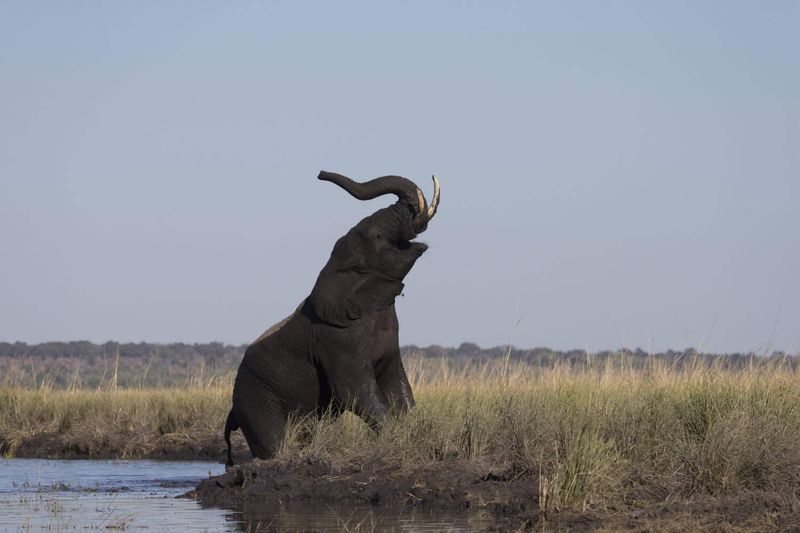
Elephants are known for their deep, resonant trumpeting, a sound that can express a range of emotions from joy to distress. This iconic noise is produced by blowing air through their trunks and is often used to communicate with other elephants across large distances. Their trumpeting can signify excitement during a family reunion or serve as a warning of danger. With their impressive size and social intelligence, elephants use sound as a vital part of their communication and social structure.
Peacock
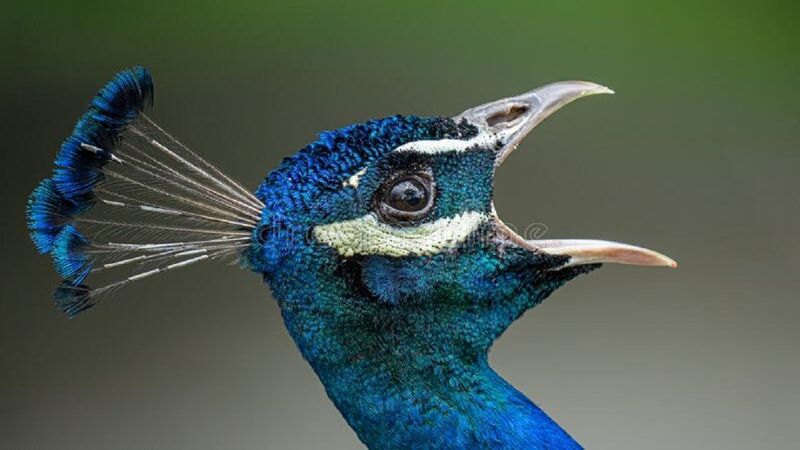
Peacocks are famous for their dazzling plumage, but their loud, high-pitched calls are equally attention-grabbing. During mating season, these calls serve to attract peahens and establish dominance among rivals. The combination of visual and auditory displays makes peacocks one of the most spectacular birds. Their calls echo through forests and gardens, adding an exotic flair to their already vibrant presence. It’s a sound that embodies the flamboyant and competitive nature of these beautiful birds.
Barn Owl

The barn owl’s eerie screech is a familiar sound in rural landscapes. This high-pitched call is often associated with the supernatural, but it’s a normal part of their communication. Used mainly during the breeding season, the screech serves to locate mates and ward off intruders. Their haunting calls add to the mystique of these nocturnal predators, who silently glide through the night in search of prey. The barn owl’s screech is a sound that has inspired countless tales and legends.
Raccoon
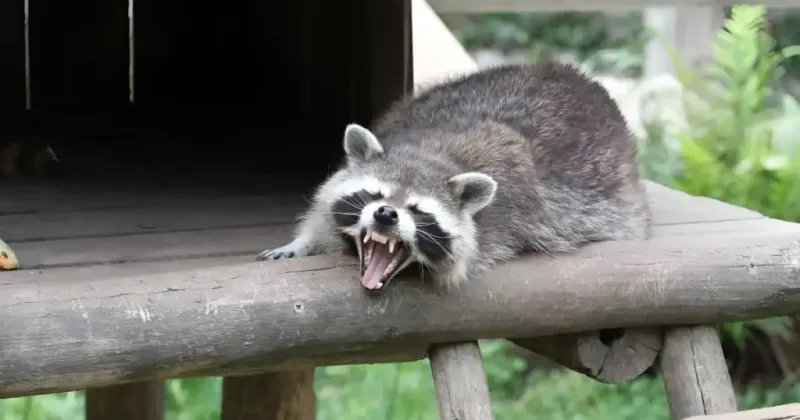
Raccoons are known for their chittering and purring noises, often heard during nighttime adventures. These sounds are used to communicate with other raccoons and express a range of emotions, from curiosity to agitation. In urban environments, their vocalizations can be heard as they explore backyards and rummage through trash. The chittering sound adds a playful, mischievous element to their nocturnal activities, making them a beloved yet sometimes frustrating presence in many neighborhoods.
Humpback Whale

Humpback whales are famous for their complex and haunting songs, which travel vast distances underwater. These vocalizations are primarily produced by males during mating season, serving to attract females and communicate with other whales. Each population has its own unique song, which evolves over time. The songs of humpback whales are a marvel of the natural world, echoing through the oceans with a beauty that captivates scientists and whale watchers alike. Their melodic calls are a testament to the wonders of marine life.
Tasmanian Devil
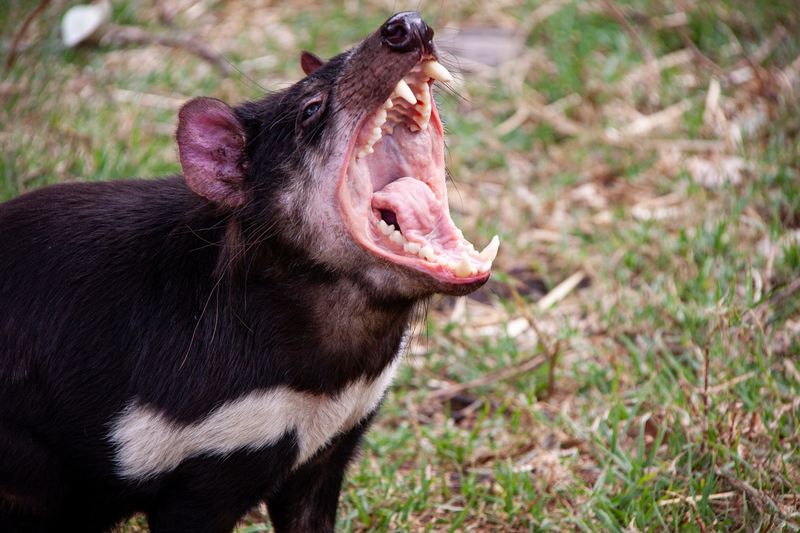
The Tasmanian devil’s spine-chilling screech is as fierce as its reputation. These nocturnal marsupials use their vocalizations to communicate during feeding and when establishing dominance. The sound can be unsettling, echoing through the bush with a ferocity that matches their tenacious nature. Despite their small size, Tasmanian devils are formidable creatures, and their vocal prowess is a key part of their survival strategy. Their screeches are a reminder of the wild and untamed spirit of the Australian wilderness.
Dolphin

Dolphins are known for their clicks and whistles, a complex language used for communication and navigation. These sounds are created by blowing air through their blowholes and are essential for echolocation. In playful groups, dolphins use clicks to coordinate movements and play games. Their vocalizations are a symbol of their intelligence and social nature, echoing through the ocean as they leap and dive. Dolphins’ sounds are a captivating aspect of their behavior, showcasing the vibrant life beneath the waves.
Fox

Foxes are known for their sharp, barking calls, often heard during the night. These vocalizations serve as a means of communication between individuals, particularly during the breeding season. The sound of a fox’s bark can be both startling and intriguing, cutting through the silence of a winter’s night. In folklore, the fox’s call is often associated with mystery and cunning, reflecting its role as a clever and elusive creature. Their vocalizations add a layer of intrigue to the forest’s nighttime symphony.
Goat
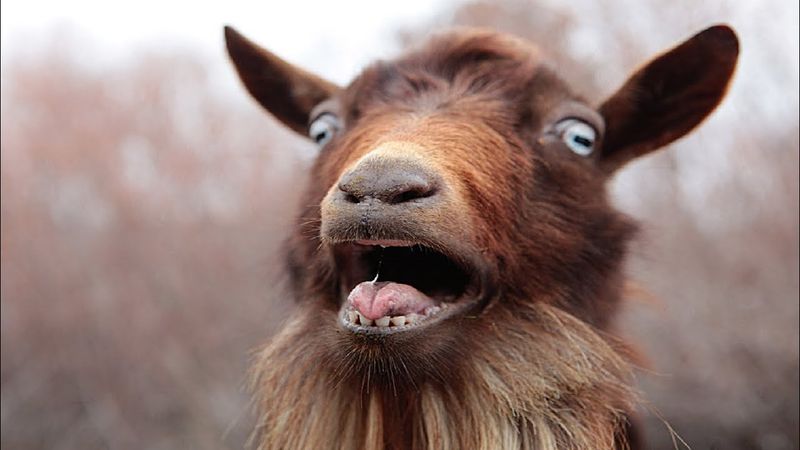
Goats are known for their bleating, a sound that’s both endearing and comical. Often heard in farmyards and hillsides, bleating is how goats communicate with each other and express needs like hunger or distress. Baby goats, or kids, produce particularly charming bleats, adding to the playful atmosphere of a herd. The sound of goats bleating is a reminder of simpler, pastoral life, filled with lively characters and the gentle chaos of farm life. It’s a noise that brings a smile to those who hear it.

